Are you deciding on home renovations, including huge projects like flooring? Consider natural stone because it enables you to transform your space by adding timeless elegance. From the luxurious appeal of Marble to the natural durability of Travertine, these materials bring a unique character to your home. In this blog, we will explore natural stone tiles for floors, their pros and cons, appropriate settings, and flooring ideas.
Some Pros and Cons of Natural Stone Flooring

Natural stone tiles for flooring are popular in home and office renovation projects. Celebrated due to its classic beauty and tactile appeal, this is a sophisticated choice.
Let's check it's advantages and disadvantages:
|
Pros of Natural Stone Flooring |
Cons of Natural Stone Flooring |
| Unique and captivating look: multiple pattern, veining, and color | Can be expensive |
| Ideal for high-traffic areas: Hard and wear-resistant | More care and maintenance is needed than other types of flooring |
| Hygienic and easy to clean: Non-porous surface | Difficult installation |
| Environmentally friendly option: Doesn’t require plastics or other synthetics | Can be slippery when your floor is wet |
| Can replace without redoing the entire floor | Strong Subfloor is required to support the flooring adequately |
| Smart long-term investment: Never feels outdated | Makes you feel cold in winter that’s why uncomfortable in residential settings |
| Impress potential buyers and contribute to a higher selling price | |
| They adapt to various weather conditions, from chilly and humid to hot and dry |

Suitable Settings for Natural Stone Flooring

With its blend of enduring grace and long-lasting resilience, natural stones are excelled in different settings:
Entryways and Foyers
Natural stones create a perfect impression on a wide home entrance and commercial building floor. It's an ideal choice for those who need a dirt-resilient and durable flooring option.
Kitchen and Dining Rooms
Cleanliness is necessary in spaces like the kitchen and dining area and natural stones are best for these. You can integrate any type of these stone tiles because they are easy to clean and maintain, withstanding most spills.
Bathroom or Wet Spaces
Natural stones are reluctant to moisture which makes them an excellent choice for your bathrooms and showers. If you want safe flooring with a touch of luxury, consider these non-slip finishes.
Patios and Outdoors
Offering a cohesive flow, these tiles increase the property aesthetic. It has the ability to resist weather conditions like rain, snowstorms, etc. Therefore they are suitable for patios, terraces, and other outdoor living areas.
Commercial Areas
Add sophistication and professionalism to your commercial settings such as hotel lobbies, office buildings, or retail spaces. The longevity and ease of maintenance make natural stone flooring a real bang for your buck.
Natural Stone vs. Ceramic Floor Tile

When it comes to tiles, the two types are quite similar. These are natural stone and Ceramic. Let's learn about the difference:
| Natural Stone Tiles | Ceramic Tiles |
| A non-man-made and all-natural material | Made by firing red or white clay in a kiln |
| Example: Slate, Granite, Marble, Limestone, Travertine | Forms: Glazed And Unglazed |
| More durable than ceramic | Measured by PEI rating, ideally a PEI of 3 or above |
| Porous requiring a sealant or glaze to help fill the pores | Glazed Ceramic tile is ready to use without an extra coating |
| Variety of natural color variations, ranging from crisp whites to deep beige and black tones | Countless color and pattern variations |
| Expensive tile options | Affordable options available |
Popular Alternative to Natural Stone Flooring

Here are the most well-known alternatives to natural stone tiles for your home floors:
Wood Floor
Wood flooring provides warm, customized decorations and easy cleaning. Giving you a sense of authenticity to your home’s aesthetics, it can be replaced with natural stone flooring.
Linoleum Covering
The next alternative is Linoleum which is made from natural materials. Coming in various colors and patterns, this floor covering is sustainable and easy to install.
Polished Concrete
This is a type of flooring that's created by polishing the concrete with a grinding machine. Usually, commercial and industrial owners choose this material because it is durable.
Stunning Natural Stone Flooring Ideas

Enhance the beauty of your space with these trendy flooring ideas:
- Smooth texture and natural veining with Marble Magic including Calacatta Gold, Thassos White
-
Haisa light a type of Limestone tiles bring rustic charm to the architecture
-
Travertine offers combined durability with natural beauty
- Slate sensation: Your bold and beautiful floors
- A fine choice to improve outdoor spaces is Flagstone
How to Lay Natural Stone Tiles for Floor

Want to know how to lay tile on your own?
Keep reading this.
Tools and Materials
- Choose your natural stone tiles: Limestone, Marble, Travertine
- Decide the color and style of grout
- Usually color includes: Green, Purple, Yellow etc
- Get either a wet saw or a manual cutter
- Buy finishing material like paint or glaze
- Other Accessories: grout sponge, notched trowel, utility knife, sandpaper and tile spacers
The Process
This process involves several steps:
- Prepare the Area: Make area preparation by protecting counters, floors, and tubs with drop cloths. Then clean the space thoroughly.
-
Install the Tile Backer or Sheathing: Put a backing layer for stability. Then add a membrane to protect the floor tile from cracking and moisture.
-
Figure Out the Tile Layout: Now plan the layout by centering your design on the surface. That way, you can cut your tiles in a symmetry along with the edges.
-
Cut the Tile: In addition to the above points, cut the tiles to an appropriate size.
-
Lay the Mortar: Mix the mortar as per instructions and keep a sponge and some water ready to clean the spills. Spread mortar at a 45-degree angle with a towel to make the deep ridges.
- Place the Tiles using a tile spacer and leave it for 24 hours.
- Seal your tiles by applying sealing products.
- Finally, remove the spacers, mix, and apply grout between the tiles.
Tips for Sealing Natural Stone Floor Tiles

How to seal natural stone tiles for the shower floor, bathroom, kitchen, or entrance? Here are some tips:
- Start early because it's a multi-step process
- Hire an experienced professional to handle this
- Clean the surface thoroughly
- Mask off surfaces
- Seal the tile once more after grouting to give it a final protective finish
- Use rollers for applying sealer to natural stone tile floor
- Reseal it periodically
Conclusion
Whether you choose tiles for floors or walls, natural stone offers a sense of character and permanence. It can outclass any other flooring material. Browse the product catalog of MosaiCenter or get in touch for assistance with all your landscaping needs.
FAQ's
What are the Disadvantages of Natural Stone Tile?
Natural stones are porous and susceptible to staining or scratching.
What is the Best Natural Stone for Flooring?
Contractors recommend Marble as best. The reason is its low maintenance, beauty, and long-lasting durability.
How Long Do Natural Stone Tiles Last?
Natural stone has a longer lifespan lasting 100 years or more if properly installed.
Does Natural Stone Tile Need to be Sealed?
Yes, if you don't use sealant, these stones stain very easily.


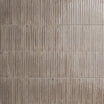
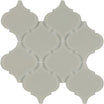


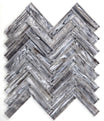

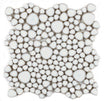




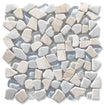
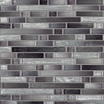

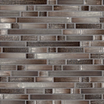




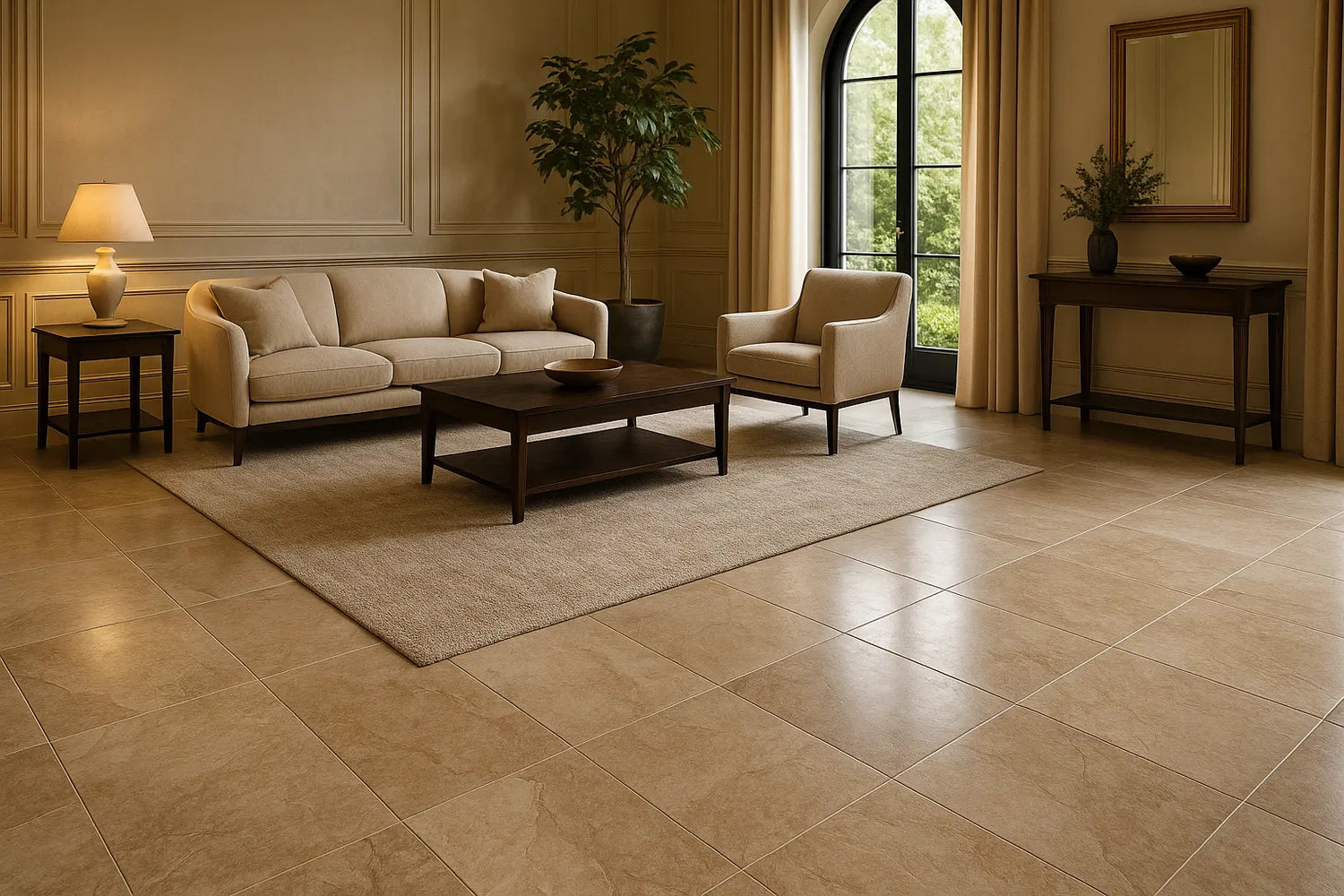


Leave a comment
This site is protected by hCaptcha and the hCaptcha Privacy Policy and Terms of Service apply.